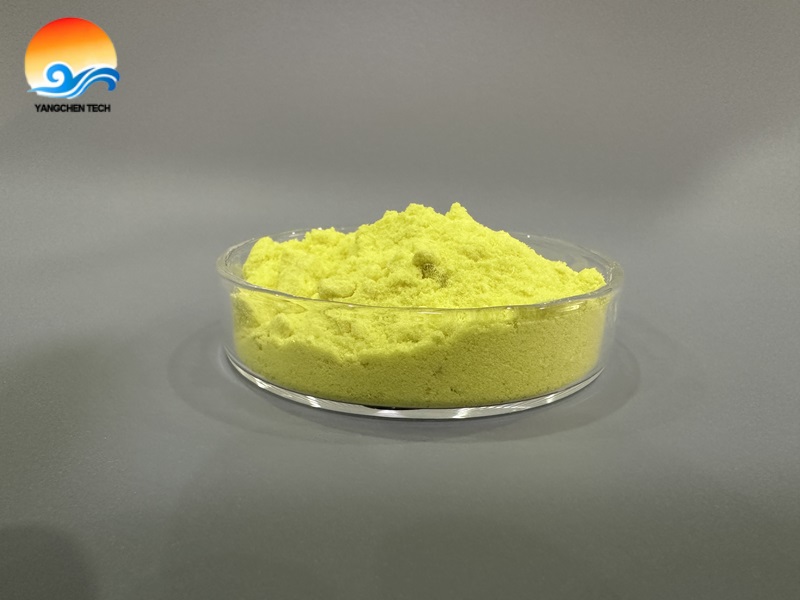Tetraphenyl phosphonium bromide (CAS Number: 2751-90-8) is a high-purity solid compound that has garnered significant attention in scientific exploration and industrial applications. In this blog post, we will dive into the versatile nature of tetraphenyl phosphonium bromide, its properties, and the wide range of uses it offers.
Understanding Tetraphenyl Phosphonium Bromide
Tetraphenyl phosphonium bromide, also known as TPB, is a white crystalline solid with a chemical formula of [(C6H5)4P]Br. It is produced through the reaction of bromobenzene with triphenylphosphine. TPB is highly stable and non-volatile, making it a preferred choice for various purposes.
Properties and Benefits
1. High Purity: TPB boasts remarkable purity levels, ensuring consistent and reliable results in experimental and industrial settings.
2. Stability: This compound is known for its thermal and chemical stability, making it an ideal candidate for reactions requiring high temperatures or harsh conditions.
3. Solubility: Tetraphenyl phosphonium bromide is sparingly soluble in water but readily dissolves in organic solvents such as ethanol, acetone, and chloroform. This solubility property enables its use in diverse applications.
4. Versatility: TPB’s versatility is one of its most attractive features. It finds applications in pharmaceuticals, material sciences, organic synthesis, polymer chemistry, and more.
Applications of Tetraphenyl Phosphonium Bromide
1. Catalyst in Organic Synthesis
TPB serves as a catalyst in various organic reactions, including Wittig reactions and the synthesis of phosphonium salts. Its ability to facilitate these transformations has led to advances in pharmaceutical and agrochemical industries, where it is used to create complex molecules with high efficiency.
2. Polymer Chemistry
The unique properties of tetraphenyl phosphonium bromide make it a valuable component in polymer chemistry. It is utilized in the preparation of ion-conductive polymers, membrane materials, and electroactive materials due to its stability and excellent electrical conductivity.
3. Material Sciences
TPB plays a crucial role in material sciences, especially in the fabrication of thin films and nanoparticles. It enables precise control over particle size and morphology, resulting in improved properties such as enhanced catalytic activity or increased surface area.
4. Biological Research
Researchers have also found TPB useful in biological studies. It can act as a mediator in the transfer of small ions across lipid bilayers and is employed in the development of ionophores for drug delivery systems and biosensors.
Conclusion
Tetraphenyl phosphonium bromide (2751-90-8) is a remarkable solid compound with diverse applications in organic synthesis, polymer chemistry, material sciences, and biological research. With its high purity, stability, and versatile nature, TPB continues to contribute significantly to scientific advancements and industrial innovations. Its unique properties make it a sought-after compound for researchers and industry professionals alike, enabling progress and breakthroughs in various fields.


